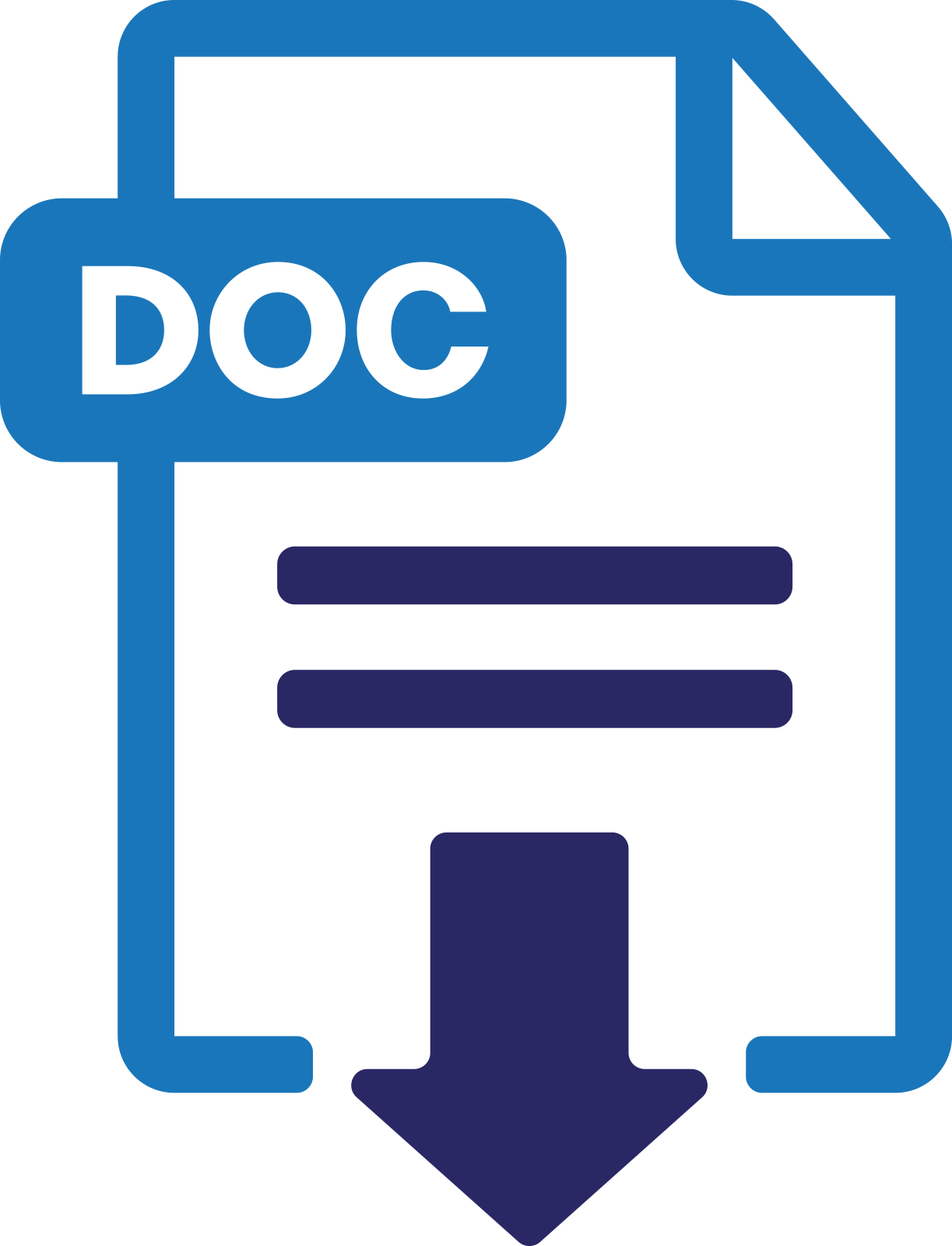The Extraction of Chitin from Indonesian Shells and its Potential as Zinc Ion Batteries Supporting Material
Abstract
Indonesia is an archipelagic country that has a very wide water area. One of the results of aquaculture in Indonesia is shrimp. Shrimp production results based on data from the Ministry of Maritime Affairs and Fisheries in 2022 amounted to 8,3 tons. This makes Indonesia one of the largest shrimp-exporting countries in Southeast Asia. The part of the shrimp that is often consumed by the public is the meat. So that the heads, tails, and shells that have been peeled are often discarded. Shrimp waste besides being able to pollute the environment can also disturb the comfort of local residents, so efforts are needed to overcome it. Shrimp shell contains 27.6% minerals, 34.9% protein, and 18.1% chitin. The chitin content in shrimp shells can be processed into materials for zinc-ion batteries, namely into chitosan which has non-toxic properties and can be used as polymer electrolytes that have good conductivity values through the deacetylation process. The main ingredient used is shrimp shell powder from shrimp waste that has been cleaned and dried. In this study, there are three steps of procedures, namely the deproteination method using NaOH base solution, demineralization using HCl acid solution, and testing for the presence of chitin with the Van Wesslink color reaction. In this experiment, the yields obtained were 0.38, 0.1, 0.12, dan 0.47-gram chitin/gram shrimp shell. The big difference in the yield produced is due to the different types of shrimp waste used.
Full Text:
PDFReferences
.Damanti, R. R. (2022). Rilis Data Kelautan dan Perikanan Triwulan 2022. Kementrian Kelautan dan Perikanan Tahun 2022.
. Agusta, I. (2021). Ekstraksi Kitosan dari Limbah Kulit Udang dengan Proses Deasetilasi. Journal of Chemical Engineering, 2(2).
.Sry Agustina, I. M. D. S. dan I. N. S. (2015). Isolasi Kitin, Karakterisasi, dan Sintesis Kitosandari Kulit Udang. Jurnal Kimia, 9(2).
. Siang Tandi Gonggo, A. W. M. D. dan R. L. (2017). Pengaruh Kaolin Terhadap Membran Blend Kitosan Poli Vinil Alkohol-Litium Sebagai Membran Elektrolit Untuk Aplikasi Baterai Ion Litium. Jurnal Akademika Kimia, 6(1).
. Maulana, S., & Fadli, A. (2017). Kinetika Reaksi Demineralisasi Isolasi Kitin dari Cangkang Ebi. In Jom Fteknik (Vol. 4, Issue 2).
.Kamal Akbar, M. (2021). Deproteinasi Kitin Cangkang Kerang Kijing (Pilsbryoconcha Exilis) dengan Enzim Papain.
. Salmahaminati. (2022). Synthesis of Chitosan from Crab Shells Using Microwave Heating Method (Vol. 7, Issue 1).
.Wahyuni, W., Ridhay, A., & Nurakhirawati, N. (2016). Pengaruh Waktu Proses Deasetilasi Kitin dari Cangkang Bekicot (Achatina Fulica) Terhadap Derajat Deasetilasi. Kovalen, 2(1).
E. L. Diego Ruiz, Veronica F Michel, Markus Niederberger, “Chitin Nanofibrils from Fungi for Hierarchical Gel Polymer Electrolytes Enabling Transient Zinc Ion Batteries with Stable Zn Electrodeposition,” Small, vol. 2303394, pp. 1–15, 2023, doi: 10.1002/smll.202303394.
C. Liu et al., “A Chemically Self-Charging Flexible Solid-State Zinc-Ion Battery Based on VO2 Cathode and Polyacrylamide–Chitin Nanofiber Hydrogel Electrolyte,” Adv. Energy Mater., vol. 11, no. 25, pp. 1–11, 2021, doi: 10.1002/aenm.202003902.
H. Li, Z. Wei, Y. Xia, J. Han, and X. Li, “Chitosan derived carbon membranes as protective layers on zinc anodes for aqueous zinc batteries,” Int. J. Miner. Metall. Mater., vol. 30, no. 4, pp. 621–629, 2023, doi: 10.1007/s12613-022-2525-1.
DOI: https://doi.org/10.20961/esta.v3i1.78131
Refbacks
- There are currently no refbacks.



